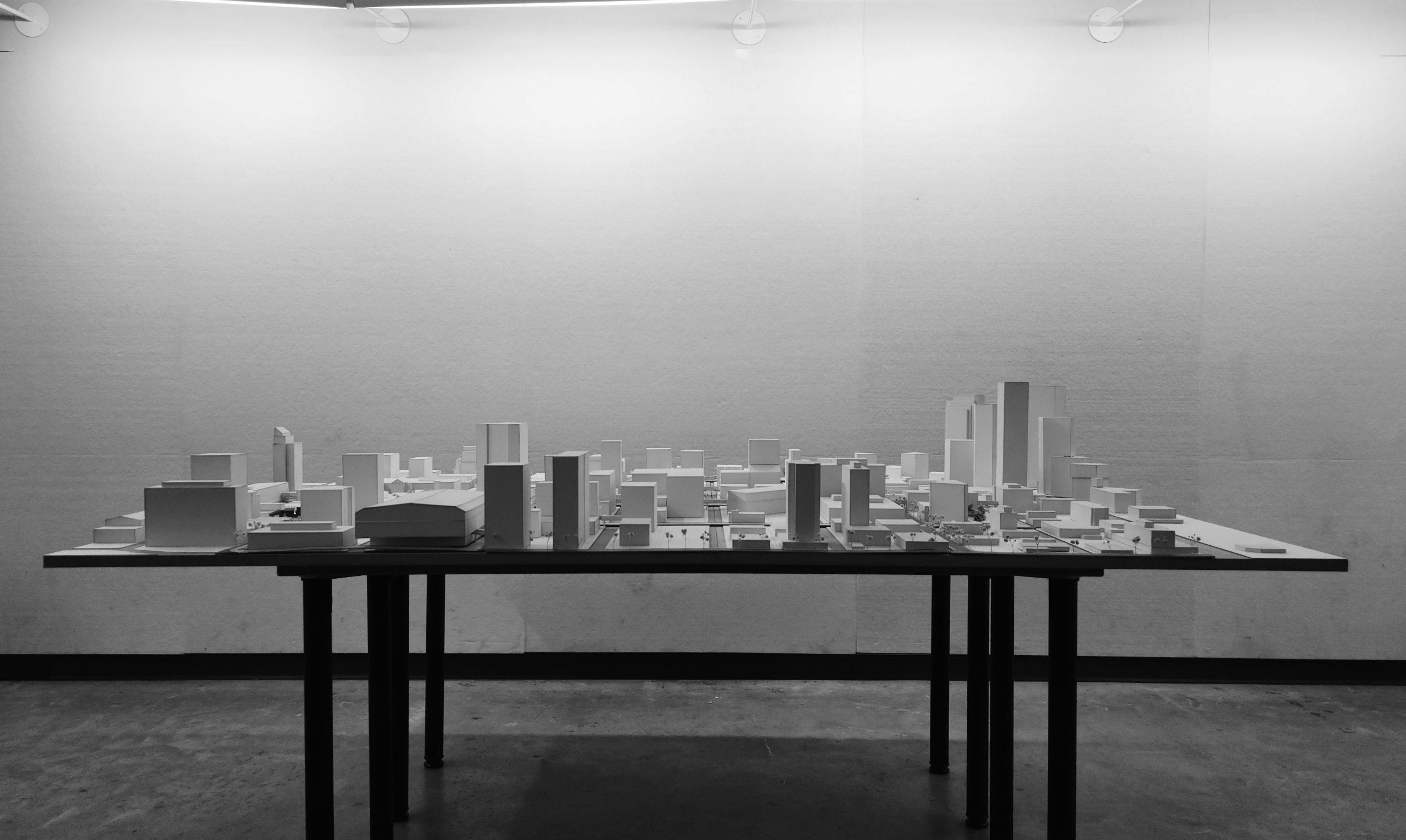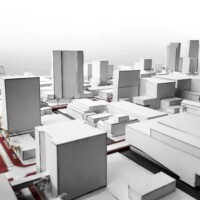At the heart of Canada, Winnipeg’s downtown was built upon the dispossession of indigenous land and the flight of its middle class to the suburbs. As the post-prairie landscape echoes the failures of Winnipeg’s industrial future, public space is both scarce and hostile. Within this commuter-oriented downtown core, this thesis imagines an architecture competition that will expand the public realm and reclaim the barren hardscapes of Winnipeg. This is done by pedestrianizing streets, placing a system of urban ice-skating trails, spreading softscapes, and converting parking lots into spaces that respect our right to warmth.
After the amalgamation of Winnipeg in 1972, residents living at the city’s periphery exercised their power to shape the downtown into an auto-centric and commuter-oriented landscape. As a way to design for downtown residents, this thesis is broken down into 2 parts. A new set of street-level interventions imagines a system of woonerfs to reclaim the barren hardscapes of Winnipeg. This is done by transforming roads into ice skating trails, creating shared pedestrianizing roads, and spreading softscapes along downtown streets.
This system will form the basis for an architecture competition for public space. Using reclaimed parking lots as competition sites, participants are asked to design a public space that respects three principles: equitable public space and the right to warmth, expanding the public realm, and recovering the prairie. Key to this strategy will be respecting our right to warmth by creating shelter or shade for those most vulnerable. Through this system and competition, this thesis outlines a strategic framework that will recover a lost essence of Winnipeg’s open prairie landscape by bolstering a network of public spaces for the people to come and enjoy the downtown.
Special thanks to: Petros Babasikas, Joshua Helm, Rahul Sehijpaul, Emily Sun, and Jeffrey Garcia for their amazing napkin sketches.










